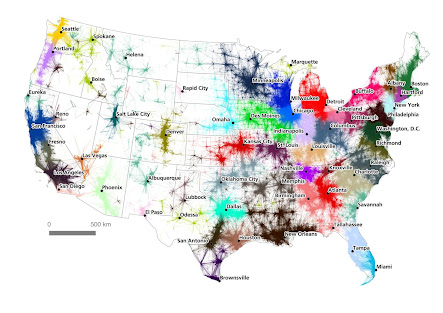Virtual Reality (VR) and Augmented Reality (AR) In Clean Technology
What do the terms Virtual Reality (VR) and Augmented Reality (AR) bring to mind? Hollywood movies like “Black Panther” with the crazy action sequences where cars and airplanes are controlled from a laboratory, games like World of Warcraft with your gaming character moving through all the different locations, Pokemon Go and hunting for the prize in an actual physical location, Star Trek holodecks where you could explore completely different planets and surfaces… the list goes on and on. The one thing that all these examples have in common though is that they all come from the entertainment industry. Now, VR and AR have been used extensively in playing games, having fun, and making movies more realistic. However, as devices like Google Cardboard, Oculus Rift and HTC’s Vive become more widely available and affordable, VR and AR have begun making their way into fields beyond just entertainment. In clean tech, in particular, there’s been increased interest in ways in which these techn...


